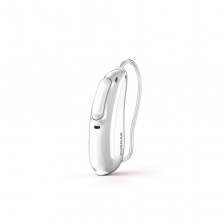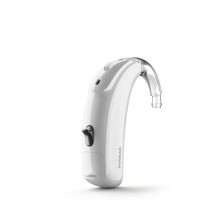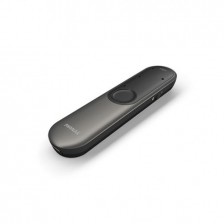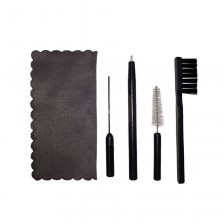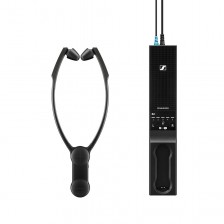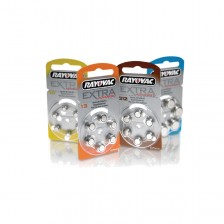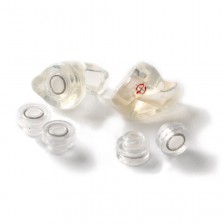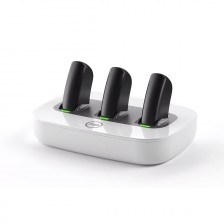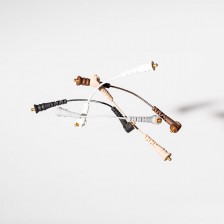What is a hearing test like and what it consists of?


If there is one thing that we at Claso can’t stop recommending it is that you take care of your hearing health. Performing a hearing check when you feel that something is starting to go wrong or just want to make sure everything is in order is something we encourage you to do.
Still, you may be wondering what this test is going to be like. And that’s exactly what this post is all about!
Basically, and as its name suggests, a hearing test examines the functioning of all parts of the ear. Before the actual hearing test begins, the specialist can ask you a series of questions in relation to your hearing, to check, for example, if you’ve been recently subjected to intense noise levels, if you hear better from one ear than the other, etc. .
The first part of the test is performed with an instrument called an otoscope, which allows the specialist to examine your ears and determine if there is a problem in the auditory canal or in the eardrum. Another test that is done in this first phase of the examination, in an auditory revision, is known as tympanometry. This test is used to examine how your middle ear is and the mobility of your eardrum.
Then, they will check your hearing, which is done in a soundproofed room. First, your ability to hear pure tones through headphones will be tested. Sometimes a bone conduction test may be considered appropriate by the specialist to check if there is any problem in the middle ear cavity or otherwise it is a conductive loss. This test is done by placing a vibrator on the back of the ear.
The next test is known as speech audiometry, and consists of analysing your ability to understand language. The results of this test can determine (or rule out) whether there is any damage to the auditory nerves, which send the auditory signals to the brain, or whether there is a barrier preventing the brain from properly understanding speech or some sounds.
The results of all these measurements and tests that make up the hearing test will be given to you in the form of an audiogram, and these results will determine what your hearing status is, and if there is some degree of hearing loss, the best solution will be indicated; for example, you may be advised to wear a hearing aid.
Now that you know how this test works, and seeing that it is completely painless and quite accurate, you can put aside any doubts or fears you might have and have a hearing check if you think it is a necessary step. From Claso we encourage you to do it, and if you still have any doubt, do not hesitate to contact us!


